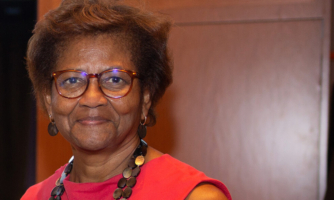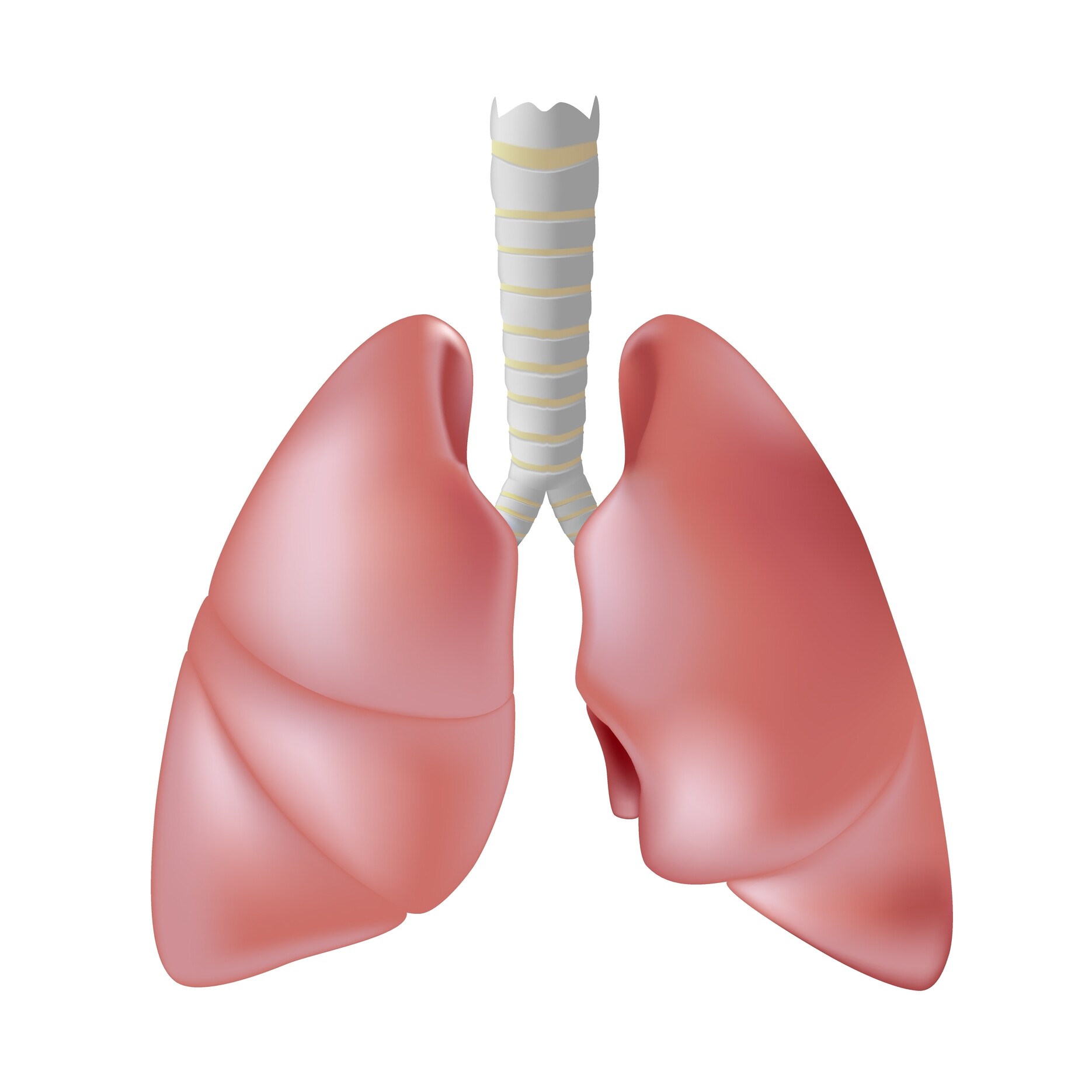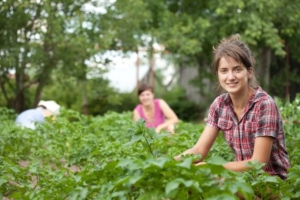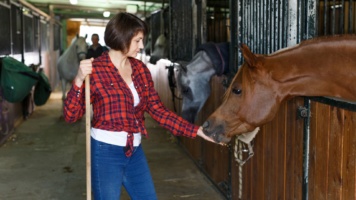[Introduction] Across the centuries, women have worked in agriculture providing food for their families and communities. The number of women working as principle farmer has tripled over the past thirtyRead More
Women’s Health Resources Resource Library Webinars Websites Women have significant exposure to agricultural work and therefore related health and safety risks from farm exposures. Leading occupational health hazards include acuteRead More
Female agricultural producers are invited to volunteer as a member of the AgriSafe Women’s Advisory Council (AWAC). The AWAC is a unique opportunity for women leaders in agriculture to impactRead More

WHAT IS NFWHW? National Farmworker Women’s Health Week is a public awareness campaign aimed at increasing public consciousness and understanding of the health risks farmworker women face, and as anRead More

Obesity during pregnancy can increase the risk of birth defects and problems with pregnancy or delivery. Longer-term problems can include continuing issues with weight for the mother and an increasedRead More

It is no secret – women are playing an increased role in production agriculture. They account for about one-third of the management, ownership and work on farms, ranches and in crop production. A major challenge continues to be access to protective equipment that meets the ergonomic needs of women. This program is intended to help women in rural/agricultural communities identify ergonomic issues leading to musculoskeletal injuries in farm and ranch work and discover resources to aid in injury prevention.

Personal protective equipment (PPE) is critical for ensuring a safe working environment in agriculture. It is essential to utilize PPE that meets safety standards, is appropriate for your work, and is the proper fit. PPE is often designed with men in mind, making adequate fit and function problematic for women in agriculture. This training will address the different hazards in agricultural work and the appropriate PPE for women. Additionally, this training will review how to conduct both a respirator fit test and a fit check (seal check) procedure. This presentation aims to guide the selection and effectiveness of PPE worn by women in the agricultural field.
Links: Women in Ag annual conference: https://wia.unl.edu/conference Mental Health Innovations Exchange: https://www.agrisafe.org/mental-health-innovations-exchange/ Women in Ag Health Topic from AgriSafe: https://www.agrisafe.org/healthcare/women/ If you are interested in QPR training, visit: https://www.agrisafe.org/QPR/ Sign up forRead More

During the week of May 14-20, the Association of Farmworker Opportunity Programs will be hosting the National Farmworker Women’s Health Week (NFWHW) to increase public consciousness and understanding of theRead More

Summary: More than 100 million US adults have high blood pressure, often called the “silent killer.” Half of those individuals affected do not know that they have it. Men andRead More
[Types of Exposures] Herbicides Used to kill undesirable plants or weeds. Exposures: Mixing and applying herbicides and fungicides up to two years before attempting conception is associated with observed lowerRead More

This fact sheet is designed to highlight the unique risk factors for women working in agriculture. Practical solutions are offered to assist farm women in maintaining a healthy and productive farming future.
Spanish Title: Sea responsable con su salud

Worta McCaskill-Stevens, M.D., M.S., has spent much of her career advancing research that supports women with breast cancer, and the inclusion of underrepresented and underserved populations in clinical trials. AtRead More

Since 2003, the still ongoing Sister Study has followed more than 50,000 women from all 50 states and Puerto Rico to find causes of breast cancer. The study led toRead More

Finding time and energy to exercise can be hard. But I-Min Lee, M.D., Sc.D., wants to reframe how we think about exercise, especially as we age. For example, taking theRead More
Reproductive Health Resources Articles Fact Sheets Webinars Women have significant exposure to agricultural work and therefore related health and safety risks from farm exposures. Women who are pregnant or planning aRead More

Summary: Respiratory protection strategies for women working in agriculture can be a challenge. Purchasing respiratory protective equipment and achieving proper fit is often difficult. This one hour webinar program willRead More

It is no secret – women are playing an increased role in production agriculture. They account for about one-third of the management, ownership and work on farms, ranches and inRead More

More than Milk: Strong Bones and Injury Prevention for Aging Women in Ag Summary: Do farmers or ranchers really retire? Generational family operations frequently include the aging parents, the livingRead More

Thirty-six percent of the 3.4 million producers counted in the census are women. Education will focus on all women including farmworker women and their employers on reporting violent incidents toRead More

Thirty-six percent of the 3.4 million producers counted in the census are women. Education will focus on all women including farmworker women and their employers on reporting violent incidents toRead More

This Spanish language fact sheet is designed to highlight the unique risk factors for women working in agriculture. Practical solutions are offered to assist farm women in maintaining a healthy and productive farming future.
English Title: Take Charge of Your Health – Women Working in Agriculture

Thirty-six percent of the 3.4 million producers counted in the census are women. Education will focus on all women including farmworker women and their employers on reporting violent incidents to authorities, making employees aware of their legal rights, safe work practices, medical referrals, treatment, and options including counseling if needed.

Thirty-six percent of the 3.4 million producers counted in the census are women. Education will focus on all women including farmworker women and their employers on reporting violent incidents to authorities, making employees aware of their legal rights, safe work practices, medical referrals, treatment, and options including counseling if needed.












